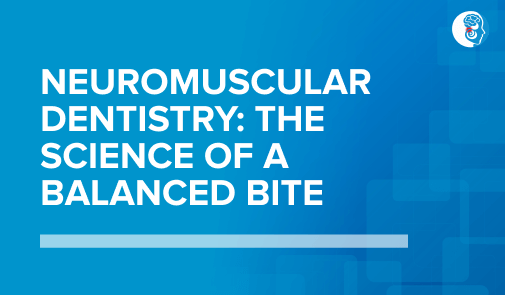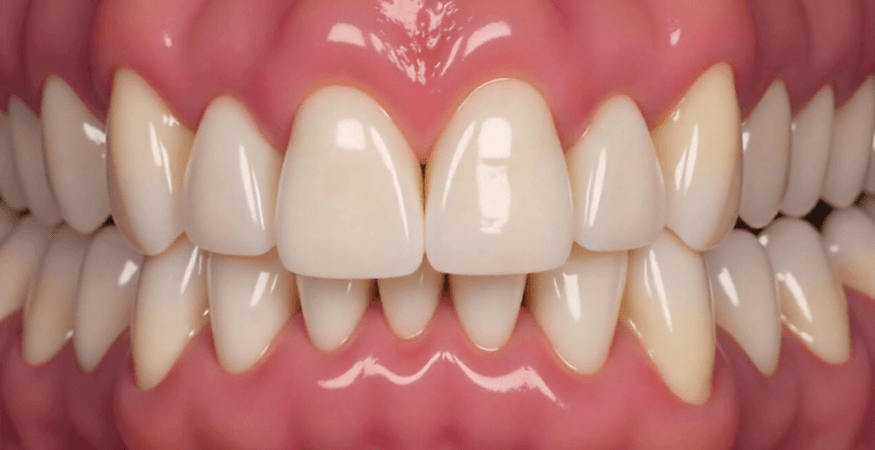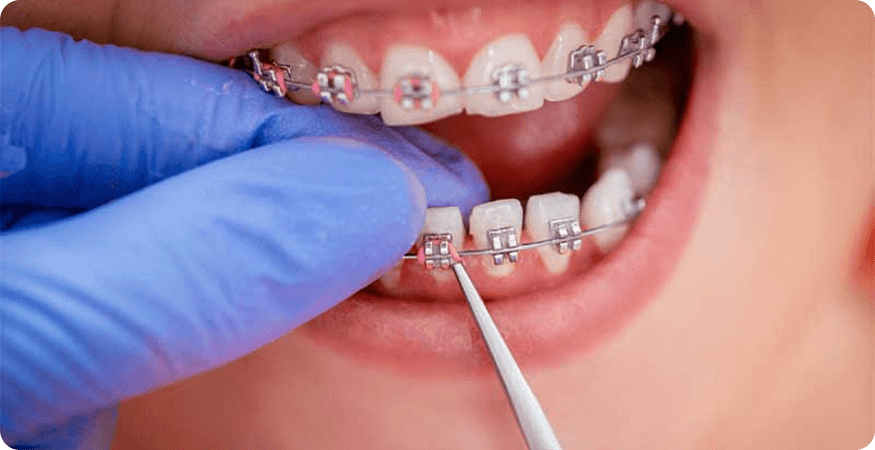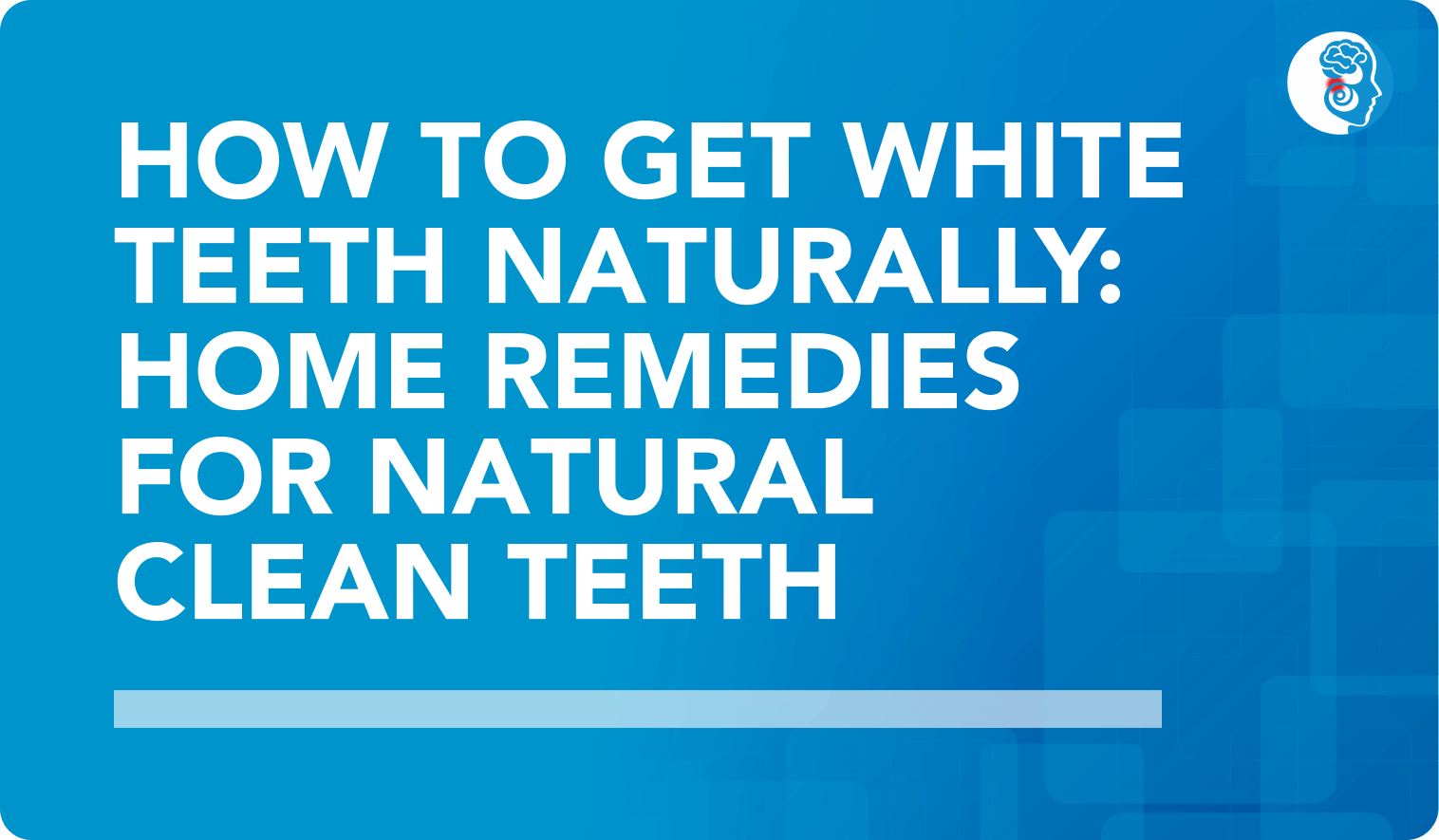
Neuromuscular Dentistry: The Science of a Balanced Bite
Your bite is more than just how your teeth come together. It also has an effect on the muscles and joints of your jaw. When
Published on
Table of contents
Ever feel like your teeth don’t quite fit together when you bite down? That could be an overbite—and it’s more common than you think. Malocclusion is the technical name for teeth and jaws that don’t line up properly. When bite or jaw alignment is off, eating, talking, and even brushing can become awkward, and day-to-day oral health may slip. Many individuals experiencing these issues may not realize they need Neuromuscular Orthodontics treatment for overbite teeth. Left unchecked, it can affect not just function but also confidence, as uneven teeth often alter the shape and appearance of the face.

A deep bite is a form of overbite where the upper front teeth excessively cover the lower front teeth. This often results in discomfort while chewing, biting, or speaking and can lead to jaw soreness, clicking sounds, or tension headaches. Over time, such misalignment can wear down tooth enamel and put stress on the jaw joint. These symptoms make it clear when orthodontic treatment for overbite becomes necessary.
Correcting a deep bite typically involves three clinical approaches: intruding the front teeth, extruding the back teeth, or using a combination of both. The most common method is orthodontic treatment for overbite, which uses braces, aligners, or other devices to reposition the teeth and create a balanced bite. In severe cases, surgical intervention may be recommended. Whichever route is taken, it’s important to tailor the plan to the patient’s age, oral condition, and health.
Emerging technologies such as 3D printing and CAD/CAM design have improved the precision and speed of producing custom appliances. When used to plan how to treat overbite, these tools help create more accurate orthodontic devices and improve clinical outcomes.

If you’re struggling with jaw pain, speech issues, or cosmetic concerns from an overbite, it’s time to explore your options. The earlier you begin your neuromuscular orthodontics treatment for overbite teeth, the easier and more effective the journey can be. Whether you’re looking for non-invasive aligners or wondering how to treat overbite more permanently, your path to relief begins with the right diagnosis and expert care at The Right Bite Sleep and TMJ Pain Care. Our specialists have decades of experience in neuromuscular orthodontics treatment that is planned for your unique case and lifestyle. So, book a consultation today to break free from overbite and gain a healthy, confident smile.
Take the first step toward a healthier bite and more confident smile
Contact us
Our other blogs

Neuromuscular Dentistry: The Science of a Balanced Bite
Your bite is more than just how your teeth come together. It also has an effect on the muscles and joints of your jaw. When

TMJ Joint Surgery: Complete Guide on Treatments, Benefits & Recovery
TMJ disorders can severely affect daily activities such as chewing, speaking, sleeping, and even maintaining proper posture. When jaw movement becomes restricted or pain becomes

Time Period for Braces and the Fastest Treatment Options
If you are planning to get braces to straighten your teeth, it’s very obvious to have hundreds of doubts in your mind like “How long
WhatsApp us